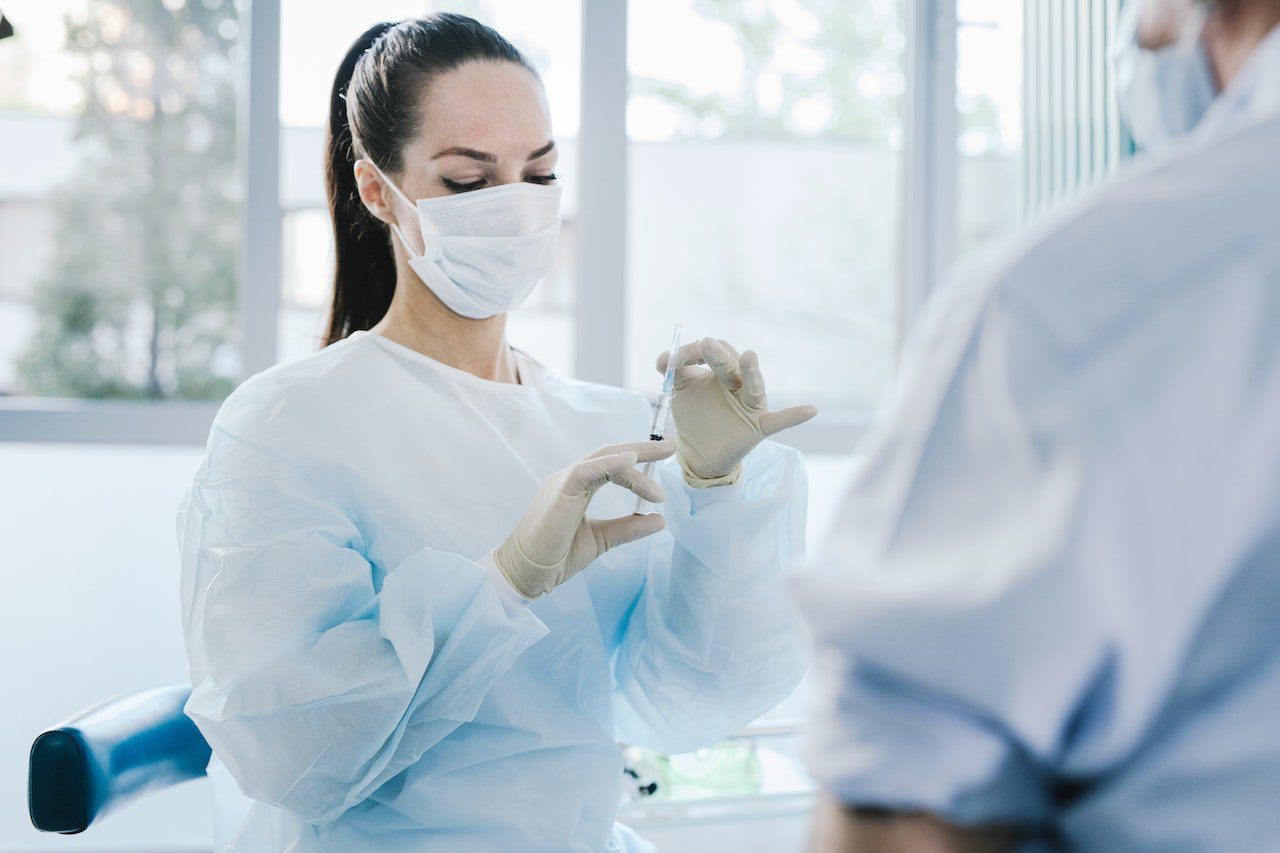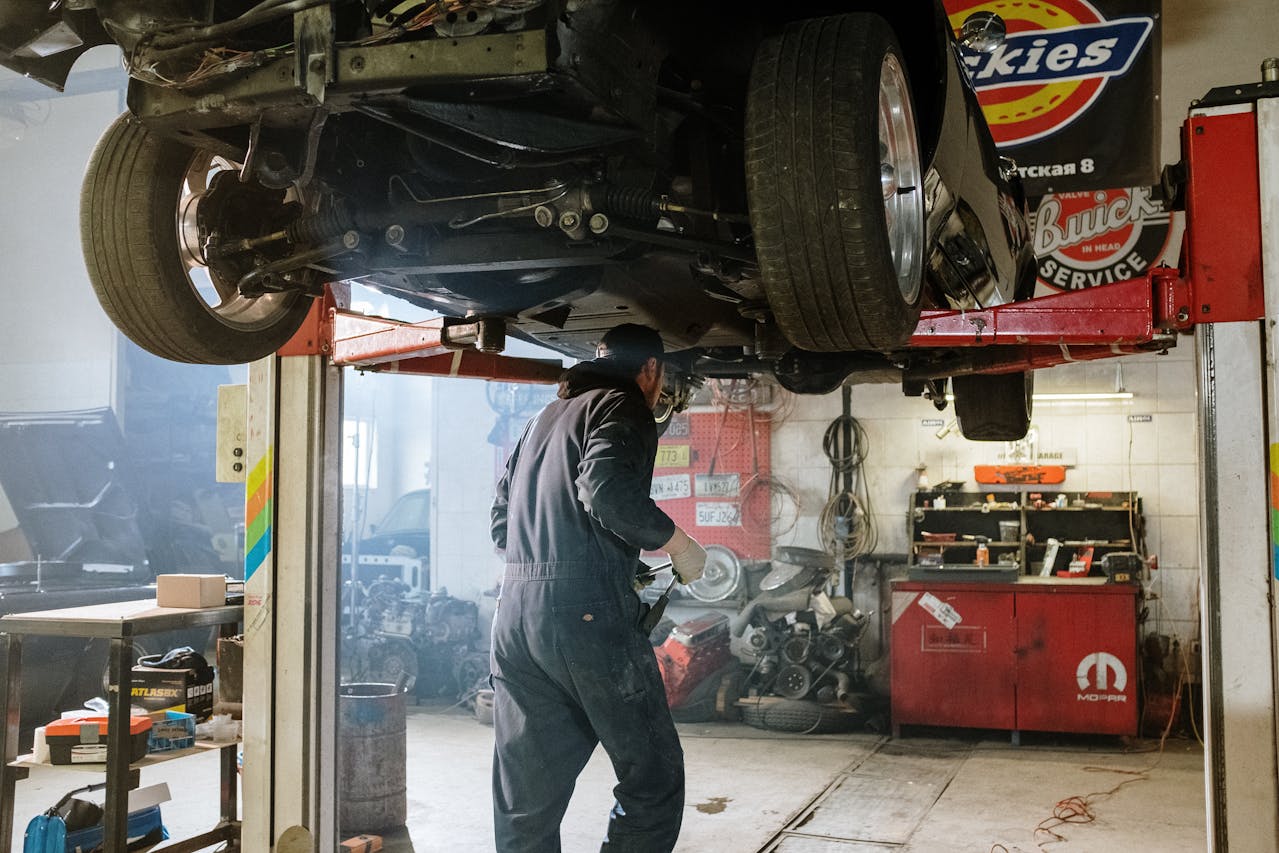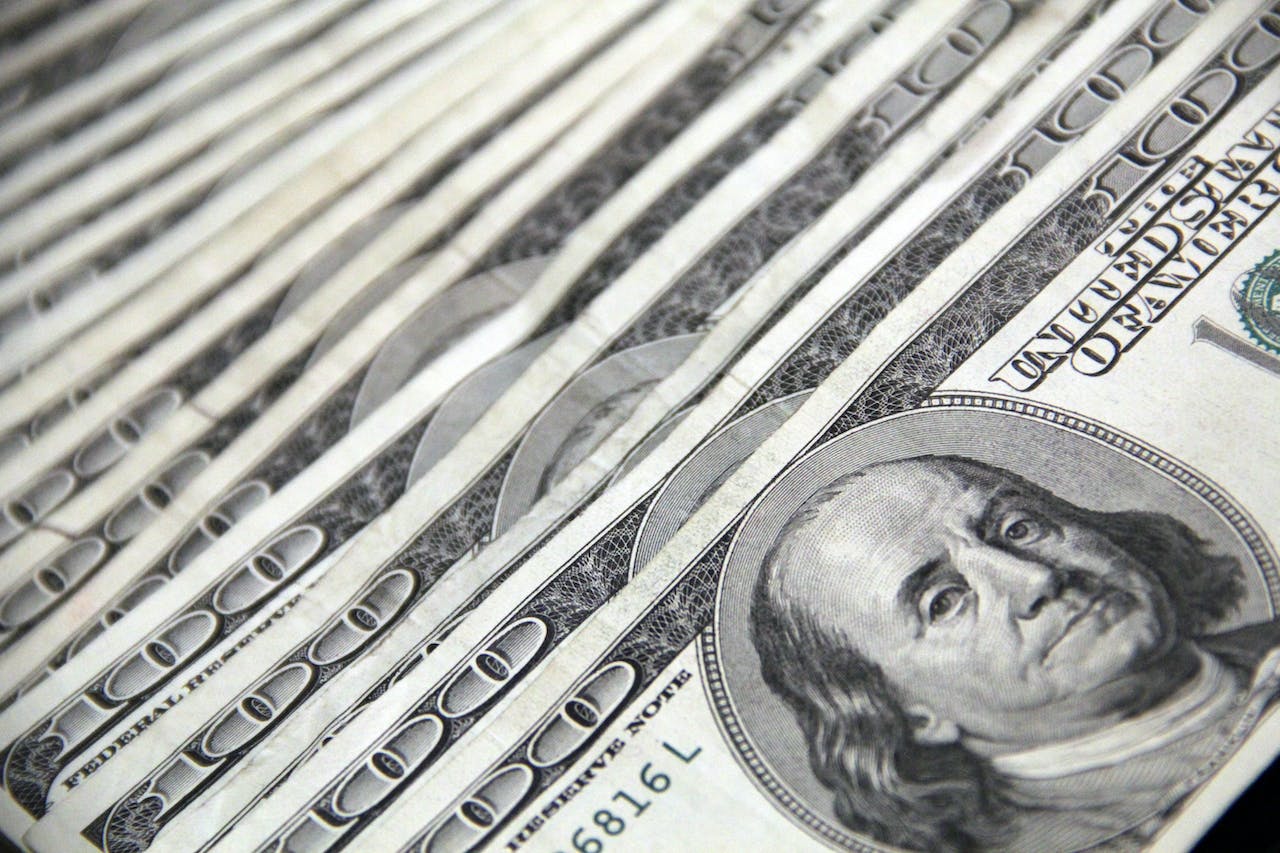You can make good money selling your body for science. There are two ways to do it. You can volunteer for paid clinical trials or you can give plasma or platelets.
Either option can be highly lucrative and altruistic at the same time. After all, when you’re selling your body for science, you’re participating in finding cures or extending someone’s life.
Selling your body for science
How much can you make? It varies dramatically based on the type of scientific endeavor you’re participating in. Clinical trials, particularly those that require healthy subjects to engage in overnight stays, are generally the best paying. These trials often compensate participants with thousands of dollars.
One study by Parexel, for instance, promises payment of more than $29,100. And, while the study involves nearly a month-long stay in a clinical facility, most of the time you’re not really working. You’re watching t.v., reading, working on your laptop or playing games. Your meals, drinks and snacks are provided. You just need to be available for a variety of medical tests and hang around to be “observed” for drug reactions.
Likewise, Fortrea Clinical Trials is recruiting for a study on an obesity drug that pays $21,117. That study requires 24 overnights and 11 follow-up visits.
When it comes to giving plasma or platelets, pay typically ranges from $50 to $100 per hour. And, your “job” mostly involves sitting in a lounge-chair, watching movies, while the needle in your arm draws, separates and returns blood to your body.
Risk and reward
When you break the pay down by the time you spend actively engaged in an activity, the rates appear to be extraordinary — hundreds of dollars for each working hour. But, when it comes to selling your body for science, you have to divorce yourself from the idea that you’re getting paid for your time. In reality, you’re paid for risk or potential discomfort.
With giving plasma and platelets, the pay compensates you for the discomfort of having a needle in your arm for the better part of an hour. The risks are pretty minor. Some people feel cold during the procedure. (They’ll provide you with a blanket, if you do.) And some people feel weak during and after donations. They also provide cookies, water and juice to help you recover any lost energy.
The risks and potential discomforts of clinical trials are far more significant and varied.
Disclosures
If you’re selected for a clinical trial, a clinical representative will have you sign a raft of paperwork. In that paperwork are disclosures about the risks and requirements of that particular trial. Be sure to read these carefully.
Particularly in early stage trials — the type for which they enlist healthy volunteers — the risks can be significant. That’s because, while they’ve likely tested the drug on animals or lab rats, they’ve never before tested in humans. The purpose of the human tests are to see whether there are side effects associated with this drug.
Side effects can be relatively minor — like slight nausea or a headache. But they can also be significant and lasting. The National Institute of Health suggests that anyone considering a clinical trial ask a number of questions, including what kind of tests, therapies and procedures you’ll have during the trial.
You should also know about the expected short and long-term side effects, if any. Who will be in charge of your medical care and monitoring? What impact could the study have on your daily life?
To be sure, most clinical trials are perfectly safe. And many people suffer no side effects at all. But risks should not be dismissed.
Drop out
Also know that you have the right to drop out of a clinical trial at any time. If the drug is having an adverse effect on you or your life, you should stop taking it and drop out of the trial. You will lose any future payments from the study when you drop out. But the amount you’ve earned to that point is yours.
Payments
So why do people accept these risks? Because the money involved is head-turning. Clinical studies often pay thousands of dollars, even for relatively short-term commitments.
Studies offered by a variety of biomedical companies reviewed by SideHusl.com, for instance, found studies that paid between $1,700 and $29,000. Most involved a few overnight stays and multiple phone or in-person follow-up visits. However, even with the most lucrative study, the in-house stay never lasted longer than one month.
Because of the extraordinary income potential, some people do clinical studies regularly.
While most studies require that you have 30 days between clinical trials to clear out your system, it is possible to earn a living doing nothing else.
Finding a trial
The challenge with finding a trial is they generally need to be done in person. And most clinical trial companies only have a few facilities. Thus, unless you’re willing to travel across the country, you’re generally limited to the research locations near you.
So there are basically two ways to search — check the sites that have nearby facilities; or use an aggregator site.
The aggregator sites generally function through affiliate links that pay referral fees. Referral fees cost nothing to users, but are paid much like an advertising expense by the clinics that need trial participants.
Among these is a site called UserLinker, which lists nearby clinical trials based on your zip code. Another site, called ClinicalConnections, shows available studies all over the U.S., and includes the cities where they’re located. Neither site lists all available trials — only the trials offered by affiliated companies.
Go direct
The other option for finding trials is to go directly to the sites of nearby clinical research companies. Here are four worth considering:
Altasciences, which has clinics in many major cities, allows potential participants to sign up for any of its trials here.
Fortrea Clinical Trials offers studies in three locations — Dallas, Texas; Madison, Wisconsin; and Daytona Beach, Florida.
Parexel offers trials in Los Angeles, Baltimore, London and Berlin. But, be aware that Yelp users rate their facilities.
Princeton Consumer Research operates in New Jersey, Florida, Canada and the United Kingdom and tests cosmetics. Pay is often not as high as with the others, but people who use wrinkle creams and skin tighteners can save a fortune testing these for free.
Donating plasma or platelets
Where can you find a site that will pay for plasma or platelet donations?
Biomat generally pays plasma donors $100 for each of their first five donations. After that, the site pays $50 per donation.
Octapharma Plasma pays $100 for the first seven donations. After that, the site pays based on your weight. The bigger you are, the more you get paid. Why? They can take more plasma from someone who weighs 200 pounds than someone who weighs 110 pounds — the minimum weight you need to be able to donate.
Trusting Heart Blood Center pays platelet donors a staggered rate based on the number of times they donate. Starting in 2023, the minimum rate is $75 per donation. But, regular donors earn more — up to $175 per donation.













Leave a Reply